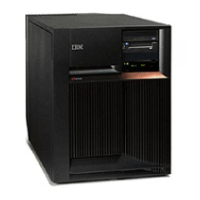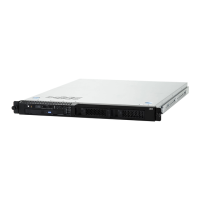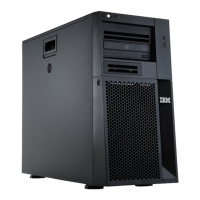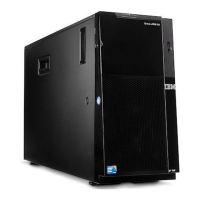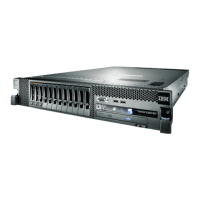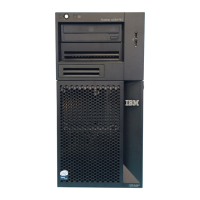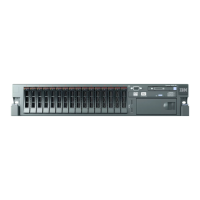544 IBM z13s Technical Guide
I.2 Overview of GDPS Virtual Appliance
To reduce IT costs and complexity, many enterprises are consolidating independent servers
into Linux images (guests) running on z Systems servers. Linux on z Systems can be
implemented either as guests running under z/VM or native Linux logical partitions (LPARs)
on z Systems servers. Workloads with an application server that runs on Linux on z Systems
and a database server that runs on z/OS are common. The following are some examples:
WebSphere Application Server running on Linux and CICS, DB2 running under z/OS
SAP application servers running on Linux and database servers running on z/OS
With a multi-tiered architecture, you need to provide a coordinated near-continuous
availability and disaster recovery solution for both z/OS and Linux on z Systems.
GDPS Virtual Appliance is a fully integrated continuous availability and disaster recovery
solution for Linux on z Systems customers that include these components:
An operating system image
The application components
An appliance management layer, which makes the image self-contained
Application programming interfaces (APIs) and user interfaces (UIs) for customization,
administration, and operation tailored for the appliance function.
GDPS Virtual Appliance is designed to improve both consumability and time-to-value for
customers.
Figure I-2 shows different solutions and how to position the GDPS Virtual Appliance.
Figure I-2 Positioning a virtual appliance
A virtual appliance is a fully integrated software solution that has been targeted and optimized
for a specific business problem:
Targeted for a specific deployment platform to reduce potential configuration complexity
while using any underlying capabilities of the platform
Purposed for a specific, high-level business context or IT architecture by installing
particular applications and hardening then before delivery
Optimized by choosing the appropriate configuration, knowing all elements of the system
and removing unnecessary attributes

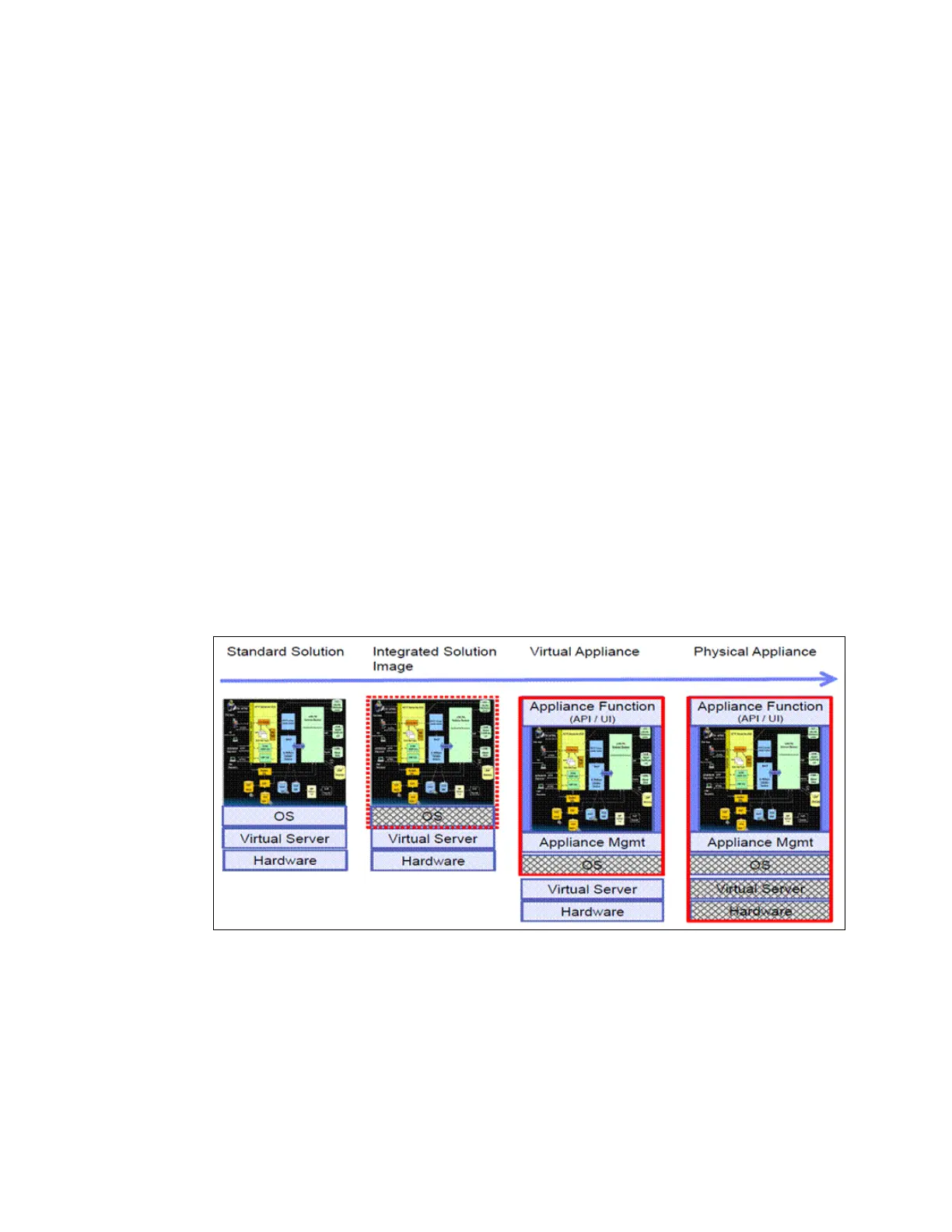